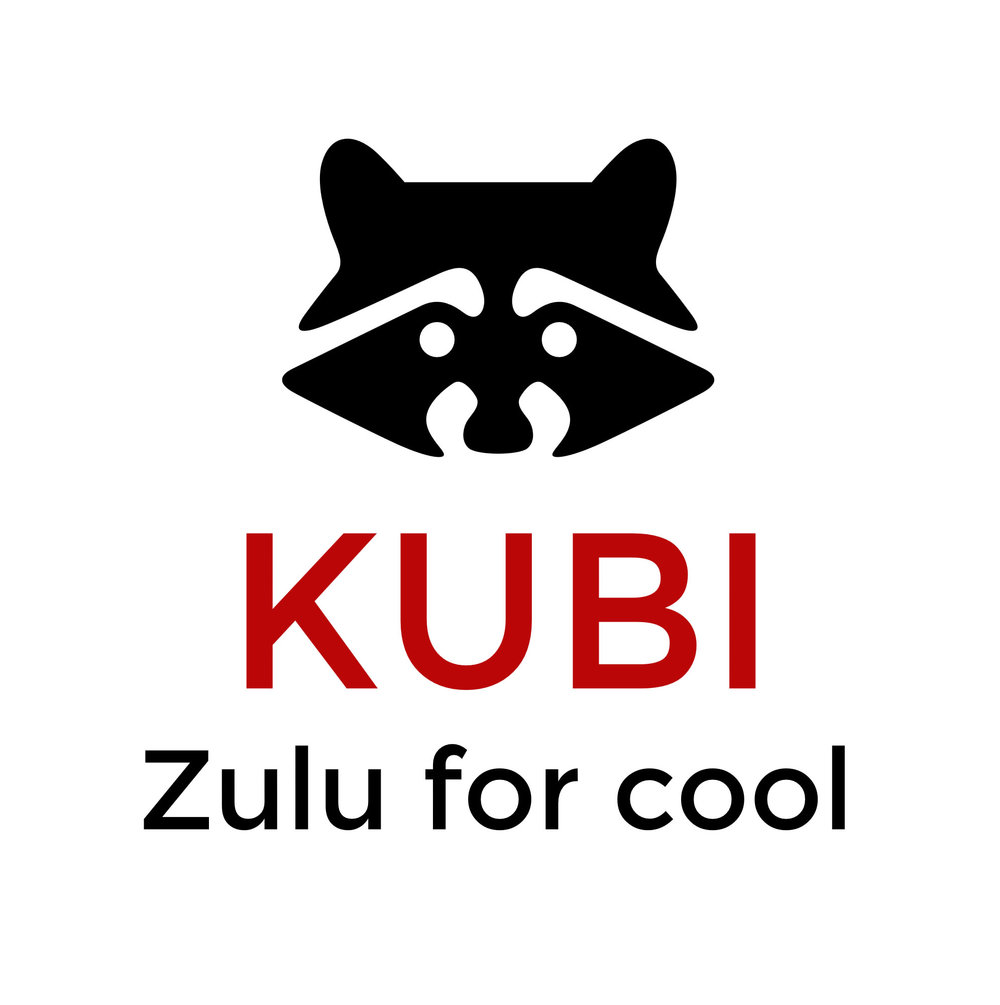At age 16 Riley Bennett was told by a high school adviser he should train as a baker. Setting his sights higher, the Indigenous student has seized his opportunities and is now studying to become a doctor.
The Port Macquarie local, in the third year of his medical degree at UNSW, says he never thought he was smart enough to go to university let alone medicine.
“In year 10, I went to see the careers adviser to discuss what courses I should choose for year 11 and 12,” Bennett says.
“I aspired to work in a field where I could help people. We talked about a number of options but at the end of our discussion he handed me some forms to fill out and said ‘you should be a baker’.”
Despite having started his bakery training, at his mother’s urging Riley signed up for UNSW’s Winter School while completing Year 12. The one-week program is designed to give Indigenous high school students a taste of university life over the course of a week.
“That week at Winter School changed my life and inspired me to do everything in my power to study medicine,” Bennett says.
After failing UNSW Medicine’s four-week residential Pre-Medicine Program at his first attempt, Bennett was offered an opportunity to study science at UNSW for a year to increase his understanding of the fundamental sciences.
“I’m grateful for that opportunity as it allowed me to find accommodation, get a job, make friends and prepare myself for the pathway to study medicine,” Bennett says.
“At my second attempt I was much more focused and determined and passed the Pre-Medicine Program and so was accepted to study Medicine at UNSW.”
Now aged 22, he has his sights set on working as a GP, specialising in emergency medicine.
“In my first year I volunteered for a two-week placement at Menindee medical centre and this experience motivated and inspired me to work in remote and rural Indigenous communities.”
Bennett’s family is from Barkindji country in western NSW and Dalabon country in Arnhem Land, where his late grandmother was a respected medicine woman. He hopes to draw on the knowledge she shared to help treat patients.
“I want the trust and love of my people so they can seek help from an Indigenous doctor with knowledge of both traditional medicine and Western medicine.”
Bennett now talks to school students about his path to university and last week visited the latest group of Indigenous students to complete UNSW’s Winter School.
While students were sometimes underestimated by those around them, others limited their horizons by underestimating themselves, he told The Sydney Morning Herald.
He says young people were always asked: "What do you want to be when you grow up?" But that was the wrong question.
"We should ask them, 'What issues do you see as important and how do you want to solve them? What questions do you want to answer?'"
"Don't sell yourself short," Bennett says. "Whatever you want to do, go after it.”
Watch Riley tell his story here.
By Joel Katz
